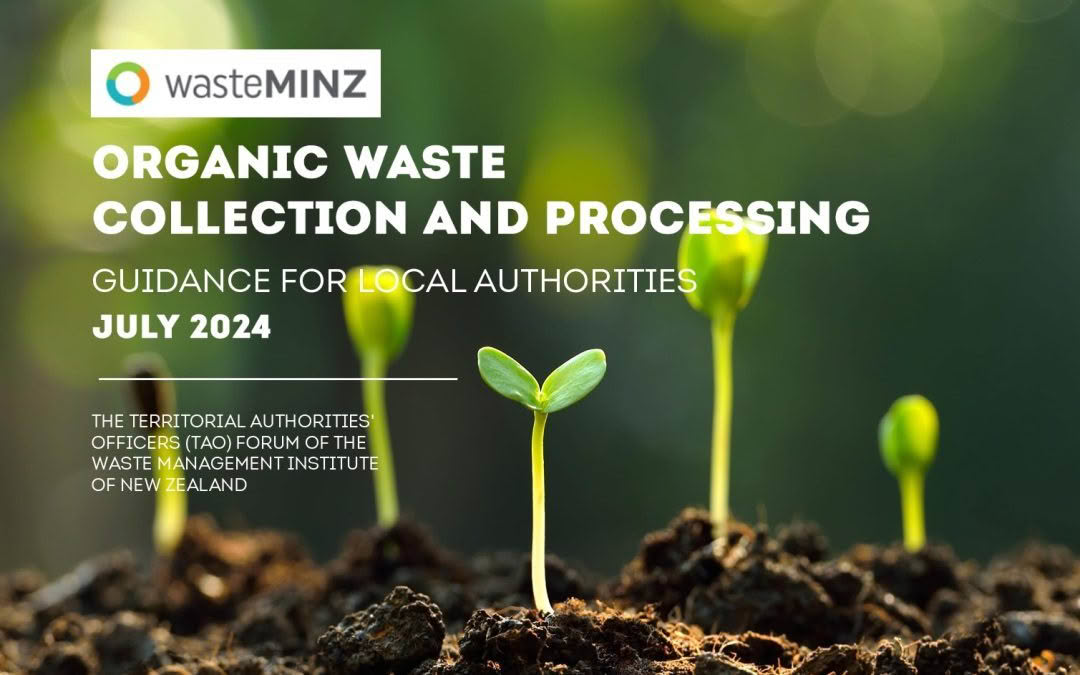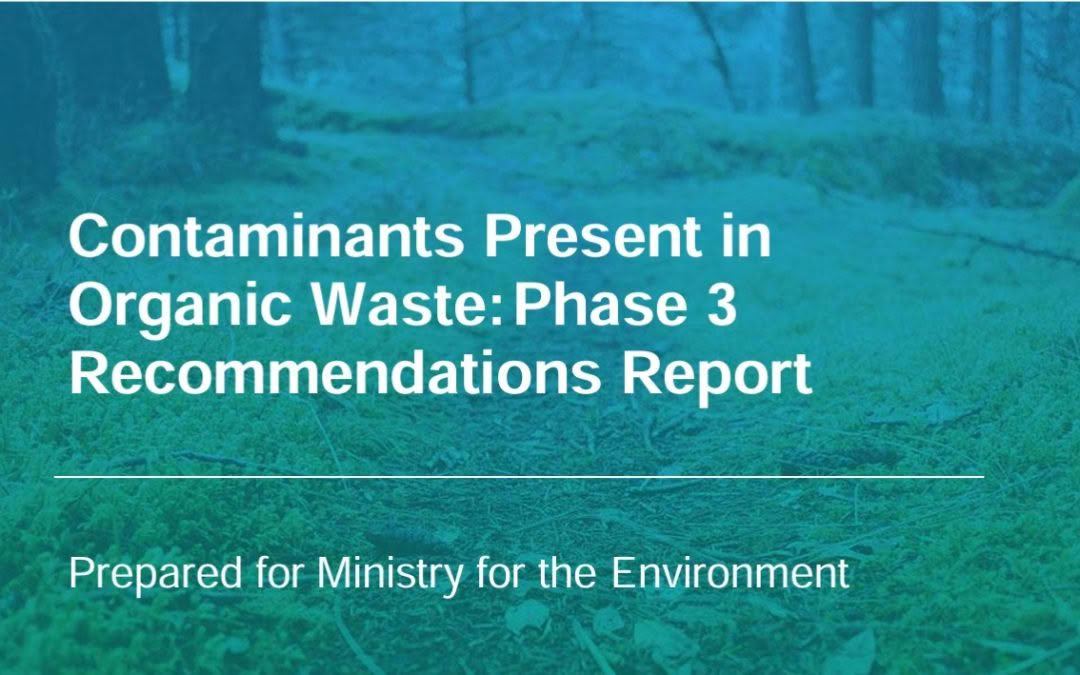
by Admin EunomiaNZ | 31 Oct 2024 | article, Councils, Organic, Policy & Strategy, Reports, Waste & Recycling
WasteMINZ have recently published the Organic Waste Collection and Processing Guidance for Local Authorities that was produced by Eunomia with support from Waste Not Consulting and Sunshine Yates Consulting, with funding and support from the WasteMINZ Territorial Authority Officers (TAO) forum.
The guide takes a deep dive into what makes a kerbside organics service successful, providing evidence from local and international case studies of high-performing services, to help councils determine how to design and run a service that best serves their unique communities.
The guide provides a step-by-step framework all the way from planning to operating a kerbside organics service. It takes the user through the journey from understanding the needs of their region and communities, collection and processing options, how to procure the different aspects of the service, and how to implement and monitor the service for on-going success.

by Admin EunomiaNZ | 20 Mar 2024 | article, Organic, Reports, Waste & Recycling
In February 2024 Eunomia, alongside Whetū Consulting Group and Massey University, published a report for the Ministry for the Environment with recommendations to reduce contaminants in organic waste. The report provides 35 holistic recommendations to improve the quality of organic waste at both household and industry levels.
The report aims to understand and address challenges posed by contaminants in organic waste material streams. Contaminants in organic material pose risks to soil, human, and animal health and limit the end markets for processed organic material.
For further information contact info@eunomia.co.nz
by Duncan Wilson | 2 Jul 2017 | News, Organic, Policy, Recent, Recycling, Reports, Strategy, Sustainability, Waste
Eunomia Research & Consulting undertook research to improve understanding of the impacts of possible changes to the structure and rate of the Waste Disposal Levy.
The study, which was commissioned by a consortium of businesses and councils, showed that there are likely to be real benefits for NZ through putting in place a well-structured levy regime. The research found there would be significant benefits in terms of waste minimisation, employment, and the economy. Key features should include:
- Extending the levy to all types of fills
- A large increase in the rate of the levy
- A differential between ‘active’ waste and ‘inert’ waste
- An escalation to the target rates over time
- Increased monitoring and enforcement, and
- Targeted spending of levy income.
Download the summary report
Download
Download the full report
Download
by Duncan Wilson | 20 Nov 2007 | Organic, Recycling, Reports
Kitchen food waste in New Zealand typically makes up around 40% of domestic collected waste (150-170kg per capita) making it one of the largest, if not the largest, single fraction of the domestic waste stream (Waste Not Consulting 2007), and therefore an obvious target for diversion from landfill. Preventing kitchen waste from being sent to landfill can also have significant environmental benefits as it is a contributor to the production of greenhouse gases (particularly methane) and leachate when placed in a landfill environment. Furthermore, food waste is a source of nutrient rich organic material which, if subjected to biological treatment, can make a valuable soil amendment and/or provide a source of energy (through capture of methane from biodigestion).
Download pdf

